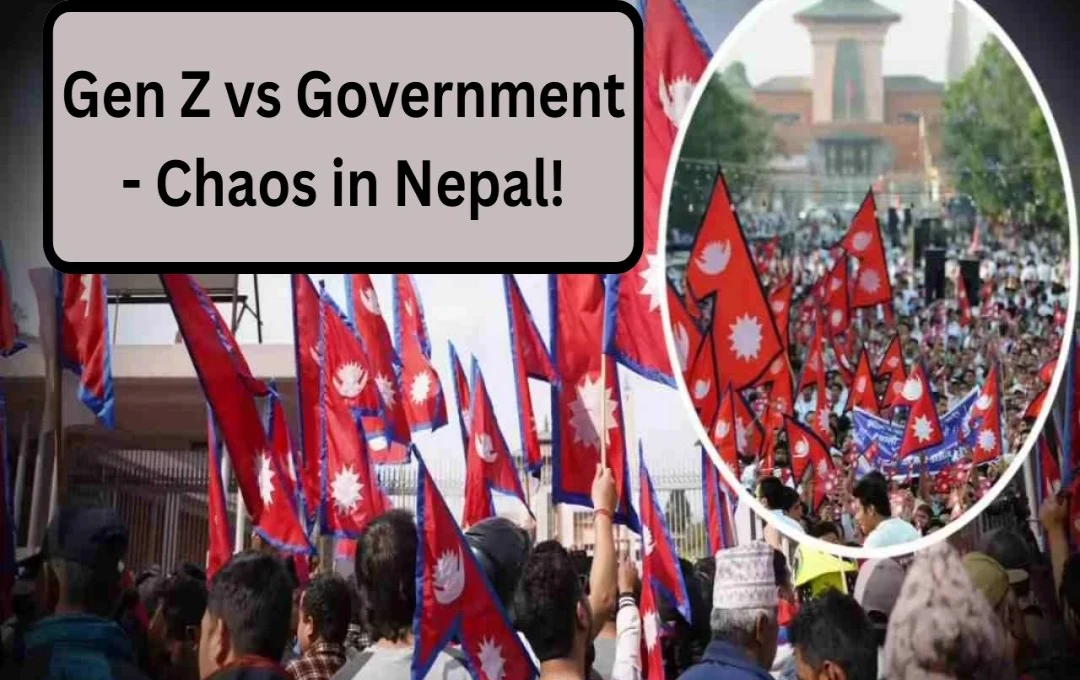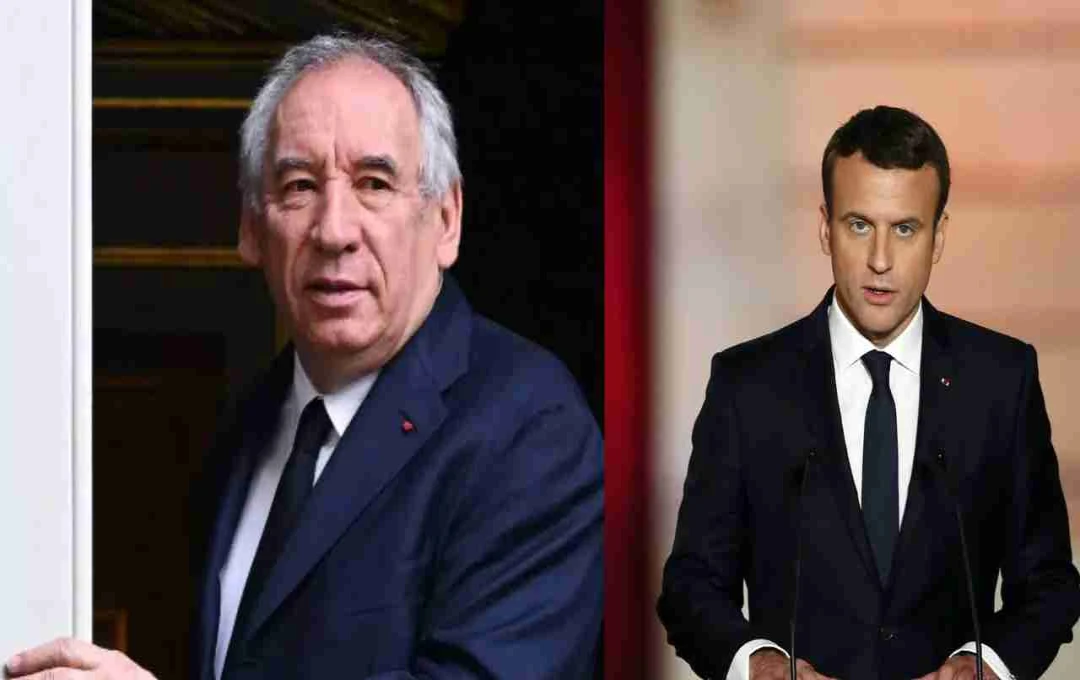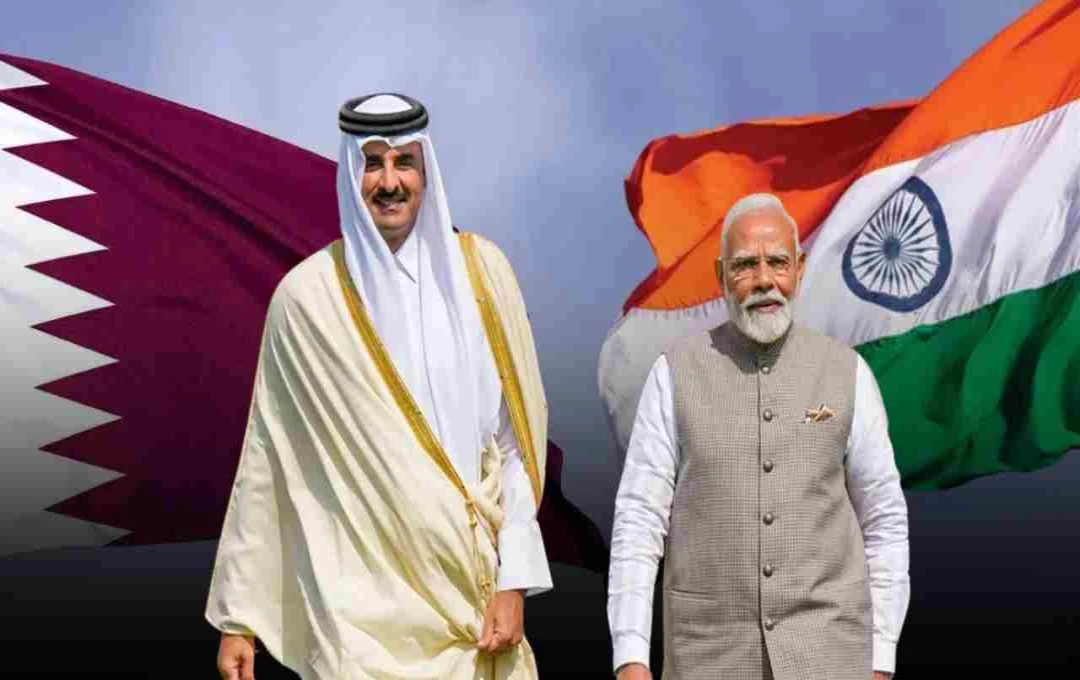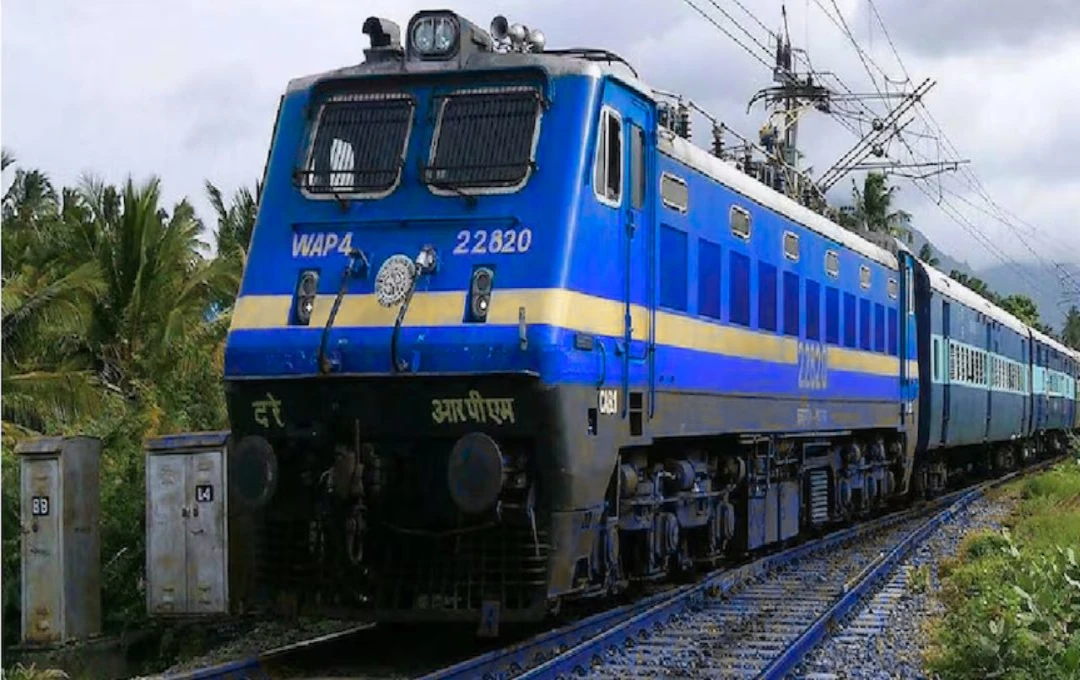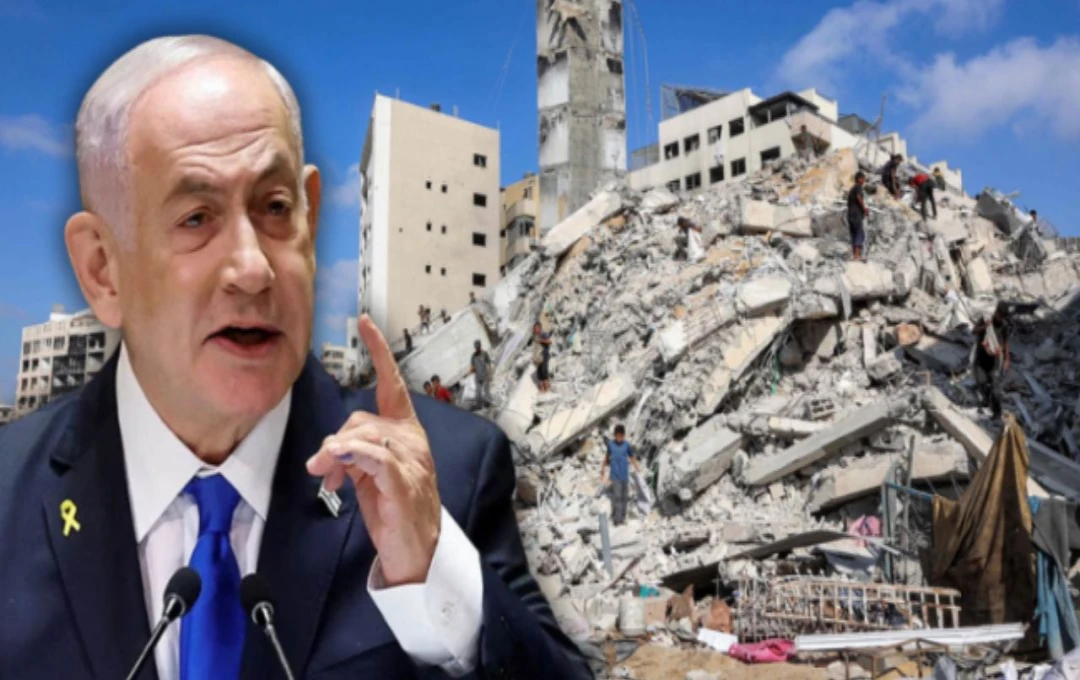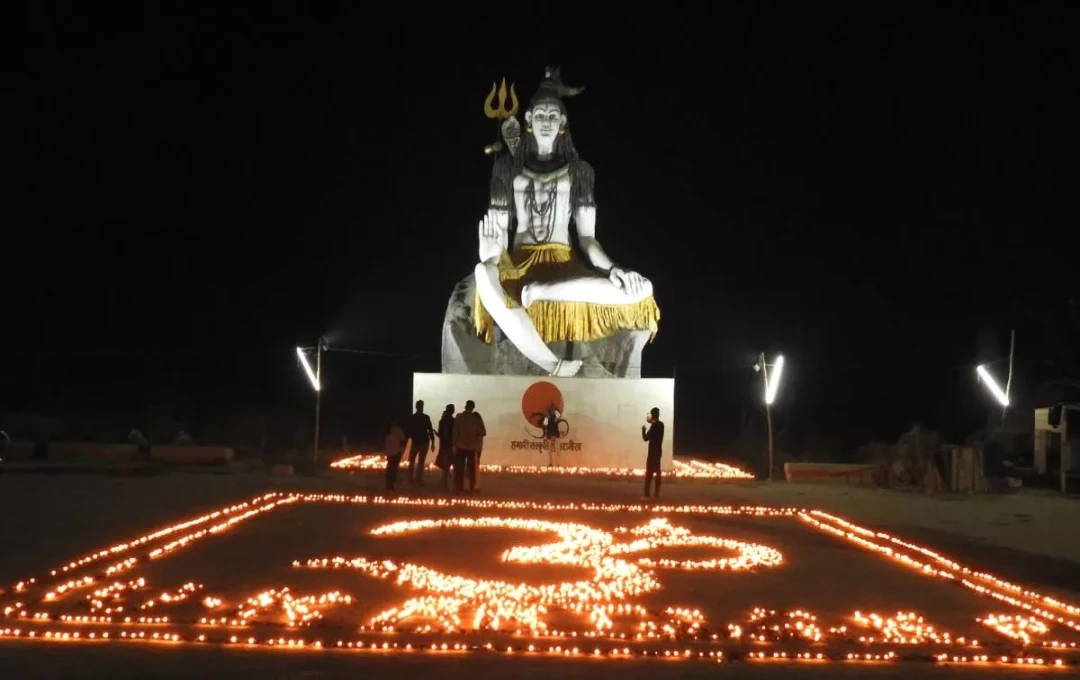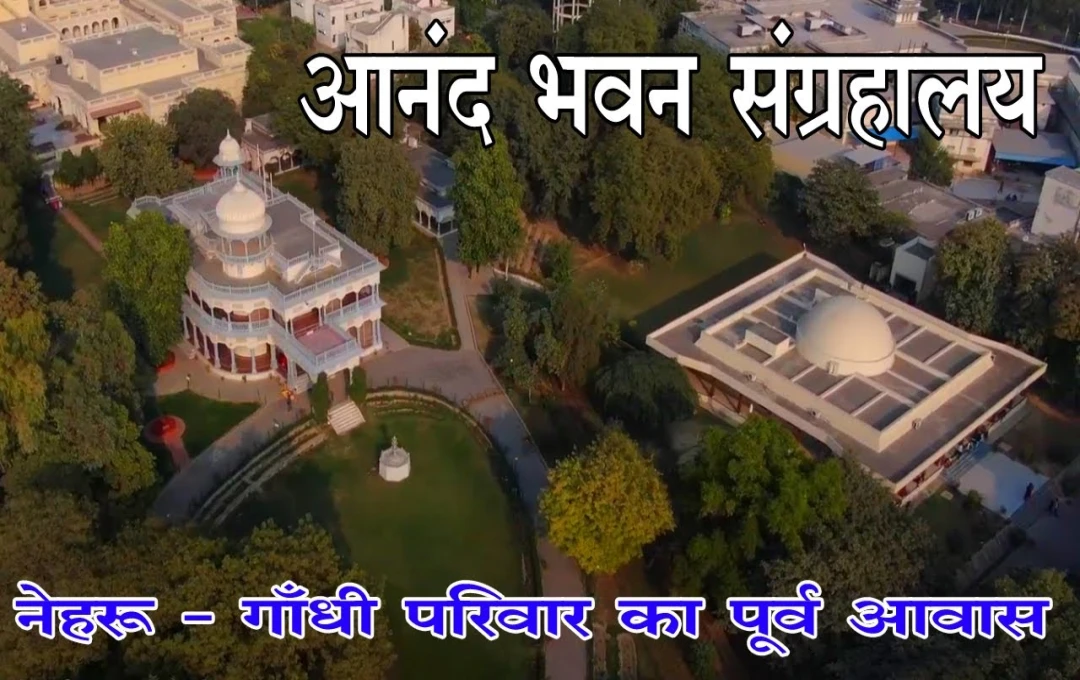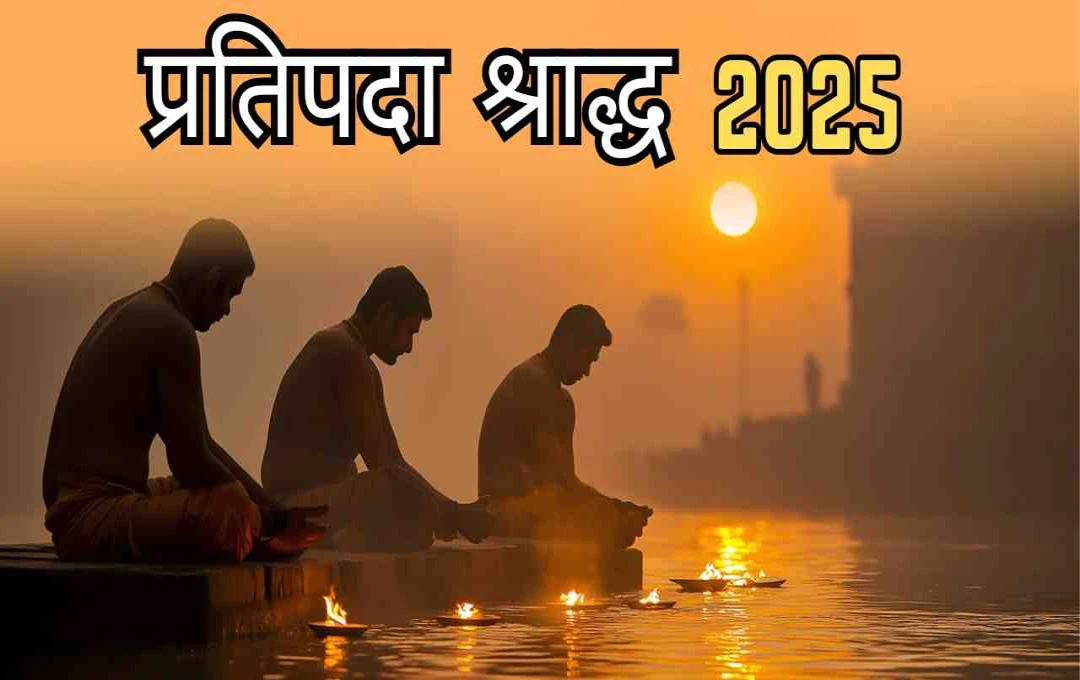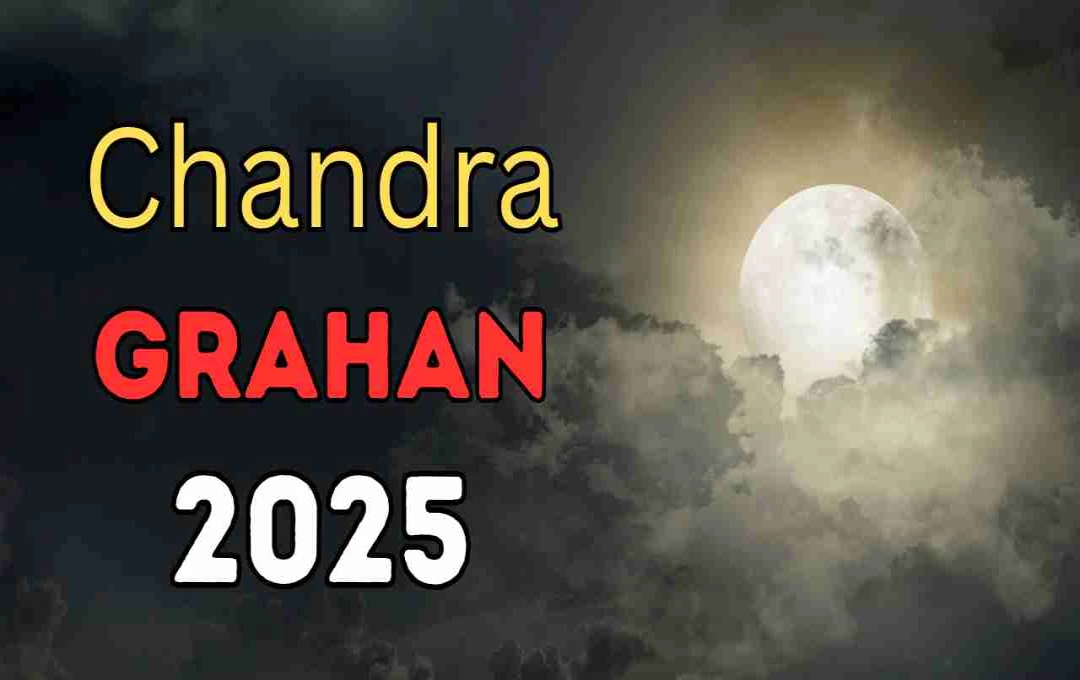Nepal has witnessed several rebellions in the past, with youth playing a significant role. Last year, protestors here once again raised the demand for the restoration of monarchy, as 13 governments have changed in the last 16 years due to political instability.
Kathmandu: In Nepal, a popular movement has once again taken the form of sharp protest against the government over political instability and corruption. This movement is not just a local protest but appears to be part of a regional crisis, as seen in Sri Lanka (2022) and Bangladesh (2024) in recent years.
The youth in Nepal, especially the 'Gen Z' – the generation born between 1997 and 2012 – have given momentum to this movement. The influence of the internet, social media, and modern technology is proving instrumental in making their movement widespread and rapid.
Gen Z Movement: The New Power of the Digital Age
Generation Z is considered the first global generation to obtain information and share ideas through the internet and social media. In Sri Lanka and Bangladesh, youth led protests against corruption, unemployment, scarcity of resources, and political favoritism. In Nepal too, youth have initiated protests by creating a digital network separate from traditional political parties. Viral videos, encrypted chat groups, and social platforms have played a crucial role in connecting young people.
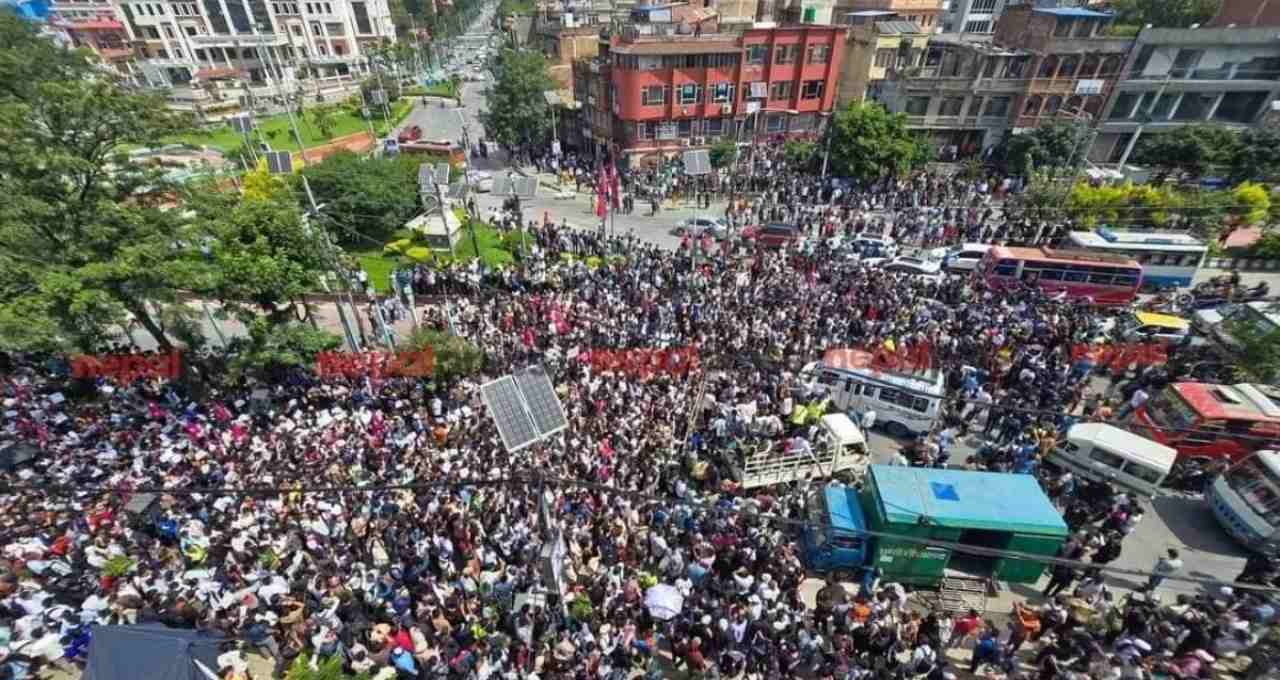
Nepal's Minister of Communications and Information Technology, Prithvi Subba Gurung, stated that the primary demand of the movement was an investigation into corruption and the restoration of banned internet media. However, over time, elements of anarchy got involved, promoting vandalism and violence in government offices. In many incidents, government property was damaged, and public life was disrupted. He also mentioned that infiltration by external elements changed the direction of the movement.
Gen Z Has Caused Government Changes in Sri Lanka and Bangladesh
The escalating fuel and food crisis in Sri Lanka forced the youth to take to the streets. Initially a peaceful protest, it later escalated into the occupation of the Presidential Palace and violence. President Gotabaya Rajapaksa had to step down. This movement, which attracted international attention, brought about changes in policy and governance.
Meanwhile, in Bangladesh, student protests took a fierce turn against the quota policy in jobs. Student leaders alleged that reservations benefited political loyalists. Ultimately, the movement compelled Prime Minister Sheikh Hasina to leave the country on August 5, 2024. Following this, student leaders formed the 'National Citizen Party' for participation in future politics and became part of an interim government overseen by Nobel laureate Dr. Muhammad Yunus.
In Nepal as well, the youth movement was organized on digital platforms, similar to these countries. However, the situation became complicated here as government agencies did not respond in a timely manner. Former DIG Hemanta Malla stated that intelligence agencies did not correctly assess the scale of the movement, leading to violence and loss of life and property.
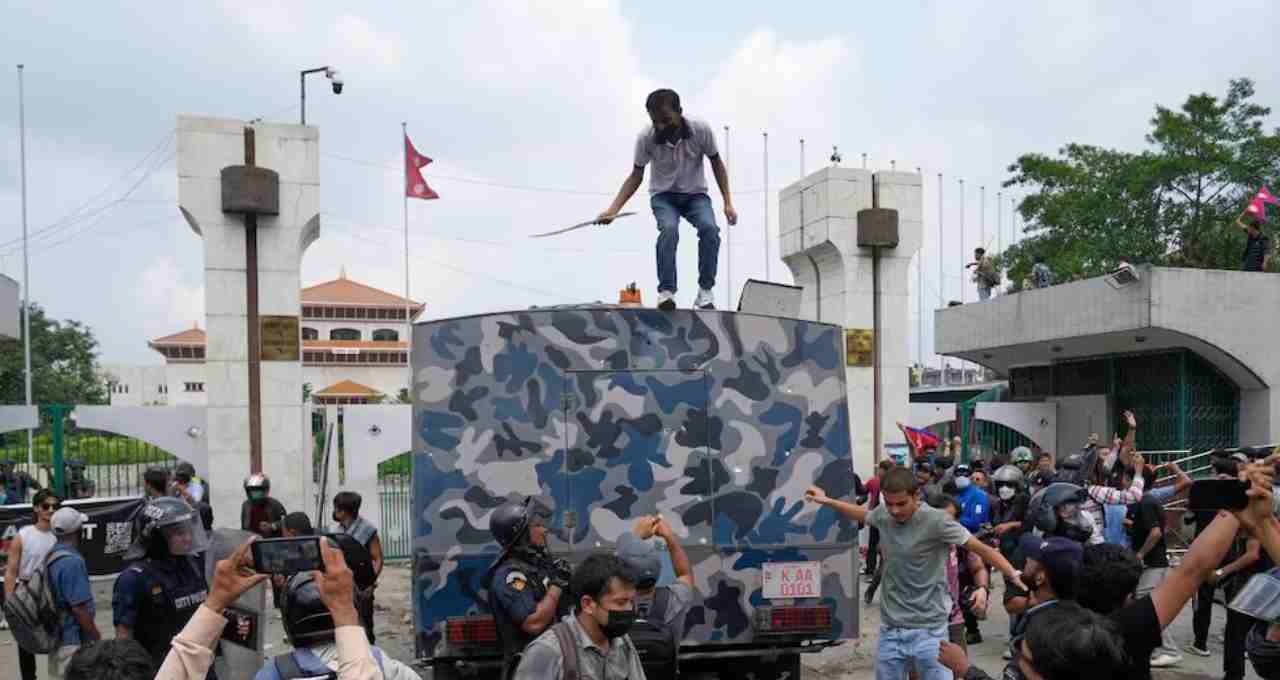
Nepal's Political Instability
Nepal has seen 13 government changes in the last 16 years. Political instability, administrative corruption, nepotism, and economic crises have fueled discontent among the youth. Last year too, youth had demanded the restoration of monarchy. The current movement is a result of these long-standing crises. Youth allege a lack of transparency in the government system.
Bribery and favoritism have become common problems in government offices. The ban on internet media and restrictions on freedom of expression have also angered the youth. Protesters stated that they are demanding an investigation into corruption, fair governance, and freedom of expression.
